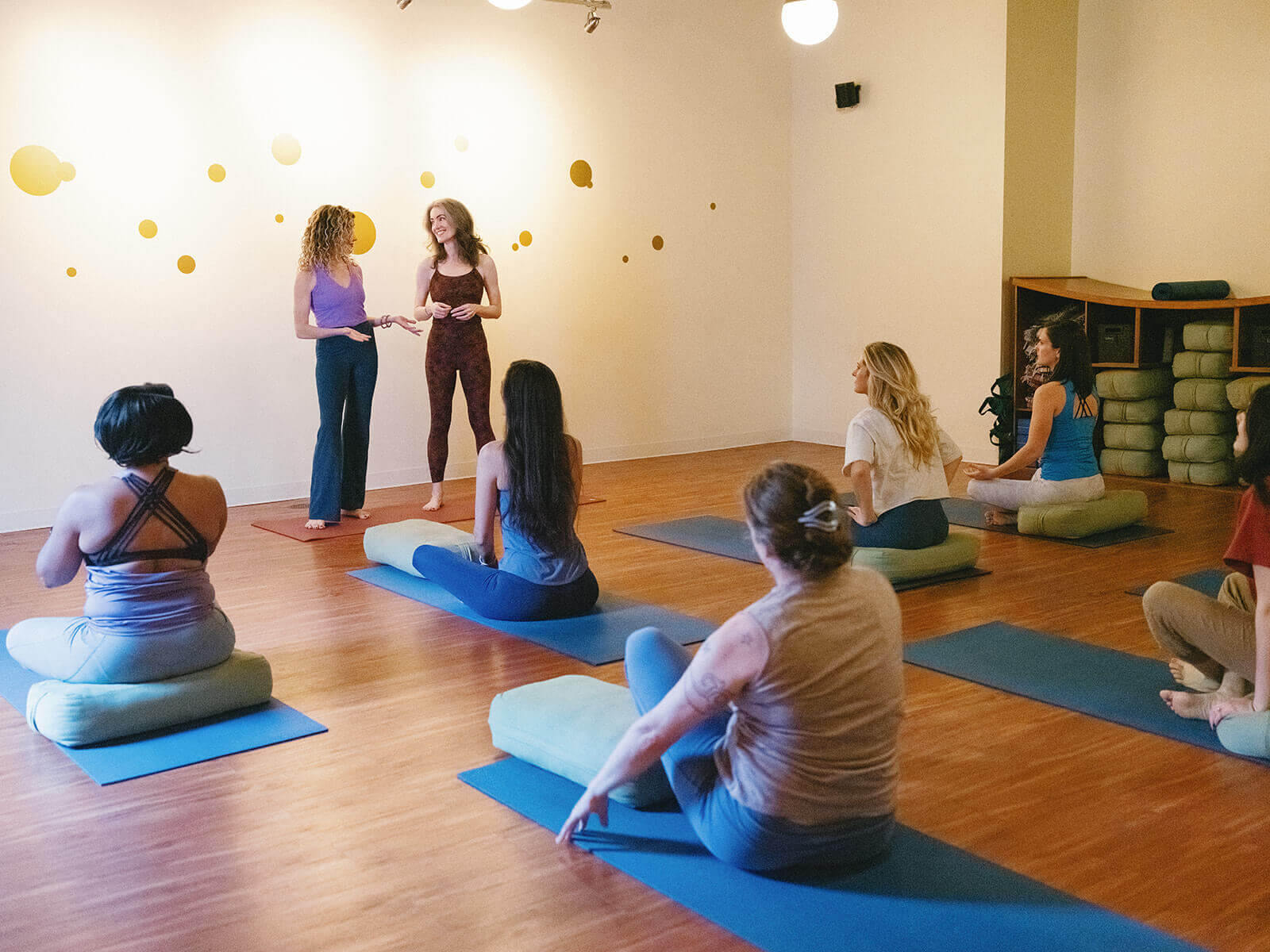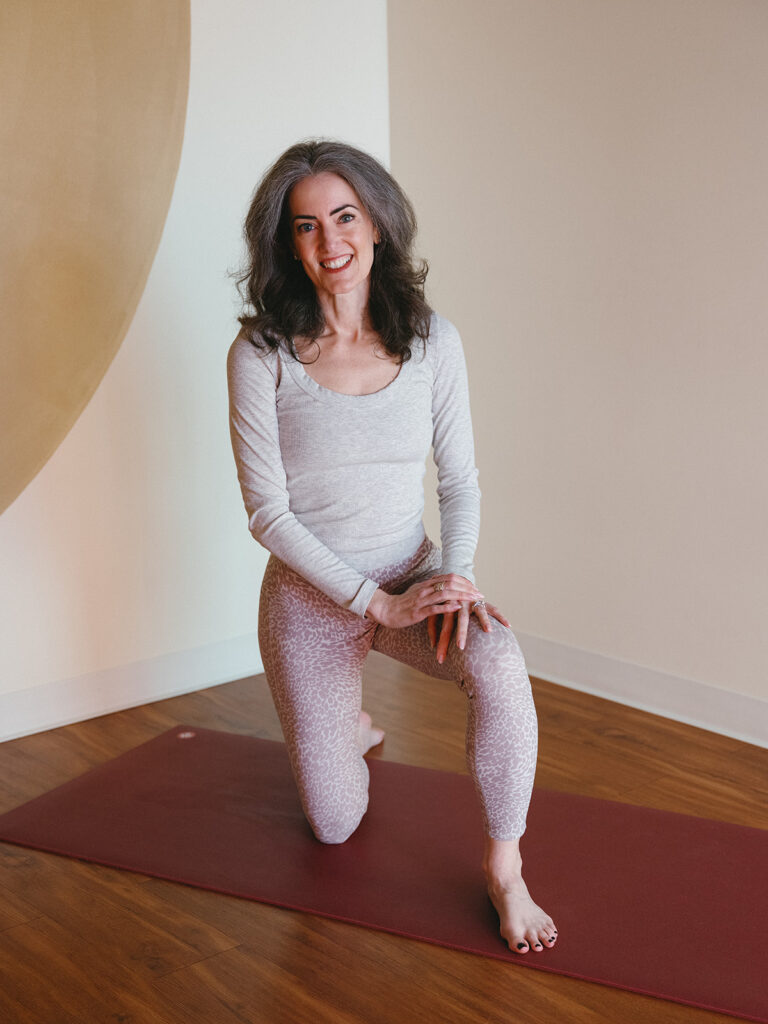If you’re a yoga teacher, you put a lot of thought into your lesson plans. But what if I told you that your planning style might be driving students away—without you even realizing it?
In my latest video, I break down the two biggest mistakes new yoga teachers make when designing their classes. Watch the video below to find out which type of teacher you are, and learn how to create sequences that keep students engaged, inspired, and coming back for more.
the two archetypes of yoga teachers
Over my two decades of teaching yoga and training over 1,000 yoga teachers, I’ve noticed that most new instructors fall into one of two categories: Type A or Type B. Recognizing which one you are is the first step toward creating balanced, effective sequences.
type A: the overplanner
Type A teachers cling tightly to their sequences. They have a set plan, and they stick to it every single time—almost like they’ve laminated their lesson plans. Their classes are consistent but can quickly feel repetitive and uninspiring to students.
The problem? Too much structure (sthira) and not enough ease (sukha). Without adaptability, students may feel stuck and disengaged.
type B: the free spirit
Type B teachers are the opposite. They embrace spontaneity, creating classes on the fly or pulling inspiration from a cool flow they saw on Instagram that morning. While this approach keeps things fresh, it can also leave students feeling disoriented and lacking a sense of progression.
The problem? Too much ease (sukha) and not enough structure (sthira). Without a solid foundation, students struggle to build on their practice and see progress over time.
why neither approach works (and what to do instead)
Your students need both consistency and variety to stay engaged and improve their practice. Here’s what happens when you’re stuck in either extreme:
- Too rigid? Students get bored, and their growth stagnates.
- Too freeform? Students feel lost, and their practice lacks direction.
The key lies in exercise physiology principles:
- Progressive overload: Gradually increasing challenge to encourage adaptation over time.
- Specificity: Focusing on repeatable skills to create meaningful improvement.
If your teaching is too repetitive, you miss the variety needed for progressive overload. If it’s too unpredictable, you miss the specificity that helps students advance.
the solution: a flexible framework
The best lesson plans strike a balance between structure and adaptability. Think of it like a recipe: You have the foundational ingredients, but you can adjust the seasoning to suit your students’ needs that day.
Here’s how you can create engaging, effective yoga classes:
- Use a template: My Greatest Hits Lesson Plan provides a flexible framework that ensures both consistency and variety.
- Plan with intention: Choose a specific sequence to guide your class planning for a month or longer.
- Balance repetition and exploration: Include familiar poses for continuity, but mix in new elements to keep things interesting.
- Stay open to adjustments: Read the room and modify as needed within a structured framework.
ready to save time planning?
If you’re tired of overthinking your class plans—or feeling unprepared—grab my Greatest Hits Lesson Plan for free! This go-to template will help you create sequences that are balanced, creative, and easy to adapt.
Pop your email here and I’ll send it right over.
And if you’re looking for more sequencing strategies, check out my book The Art of Yoga Sequencing for deeper insights.
find your middle path
Your students deserve a practice that’s both consistent and varied. And you deserve the confidence that comes from knowing your classes are effective, engaging, and memorable. Watch the video above, grab your free lesson plan, and start refining your lesson planning today!


